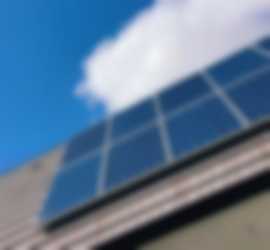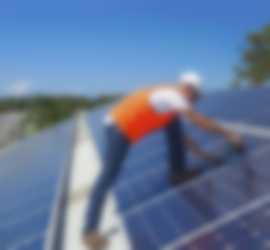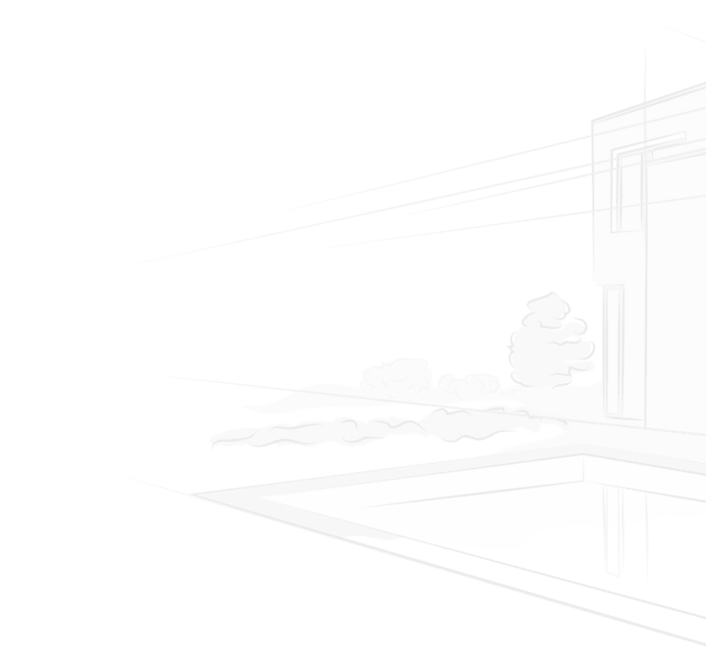Practical solar power has been around since 1954 when United States scientists at Bell Labs developed silicon photovoltaic cells. Why didn't everyone rush to install solar panels immediately after the discovery? Well, that discovery is fairly recent and it has taken time to turn it into a usable, marketable product.
For customers to choose solar, this alternative energy option needs to be almost equivalent with their current electric bill, or in an ideal world less than their current bill. Recent advances in solar technology makes it possible for solar power to be cheaper than grid-based electric power. That's the key!
These advancements come as manufacturers develop more streamlined solar cell processing facilities and optimize silicon-based solar power to its maximum potential. Now it is possible to get a 20 year loan at a low 4% to 6% interest rate that will pay for solar and could cost less than what you are paying now on your electric bill.


























